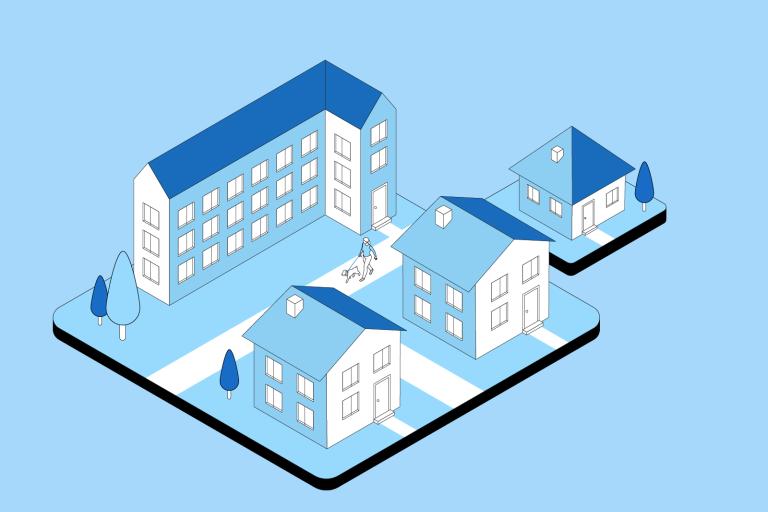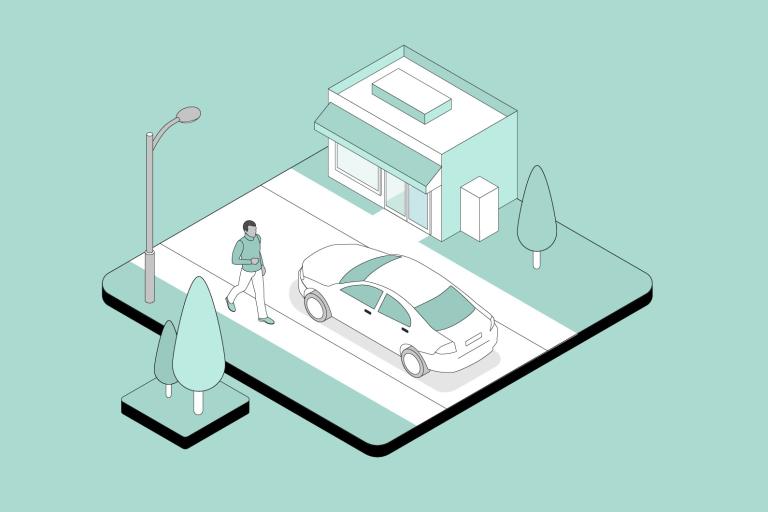Introduction to public rights of way
Public rights of way networks enable active travel and access to nature.
Most public rights of way (PRoWs) are historic paths that form a network of local walking, wheeling and cycling routes. They provide access to nature while promoting healthy forms of travel.
People use PRoWs for recreational purposes, as many provide attractive routes through nature. They may also be used for travel with a specific purpose, such as commuting or travelling to facilities.
All PRoWs are open to pedestrians, while some are also accessible to cyclists, horse riders, or motorists. The types of PRoW are:
- footpaths for walking, running, mobility scooters or powered wheelchairs
- bridleways for walking, horse riding, bicycles, mobility scooters or powered wheelchairs
- restricted byways for any transport without a motor and mobility scooters or powered wheelchairs
- byways open to all traffic for any kind of transport, including cars, but mainly used by walkers, cyclists and horse riders
All PRoWs are highways and are typically shown on the definitive map held by local highway authorities. This is required to be constantly reviewed and updated. Local highway authorities also have statutory duties to keep PRoWs open.
It may not always be clear what use is permitted on a PRoW, and signs and symbols may help users to understand. On shared use paths, potential conflicts between users should be managed.
Public rights of way and development
New development should provide links to existing PRoWs and seek to create a network of walking, wheeling and cycling routes that connect places and enable activity.
In the case of new development, the PRoW should be protected and enhanced. The impact of new development on a PRoW, including increases in demand, should be mitigated with suitable planning agreements or conditions set.




